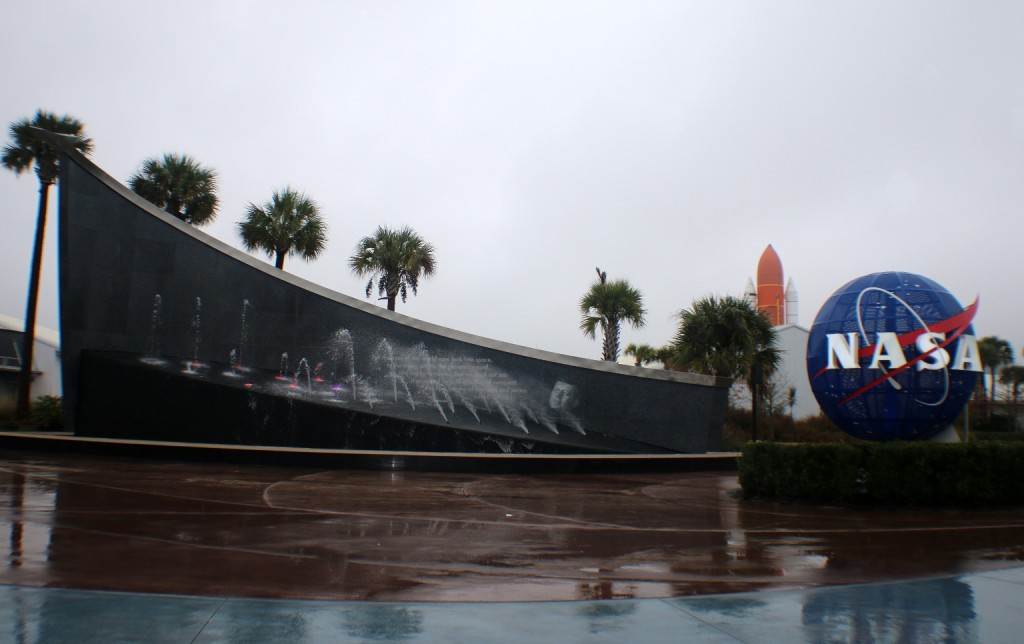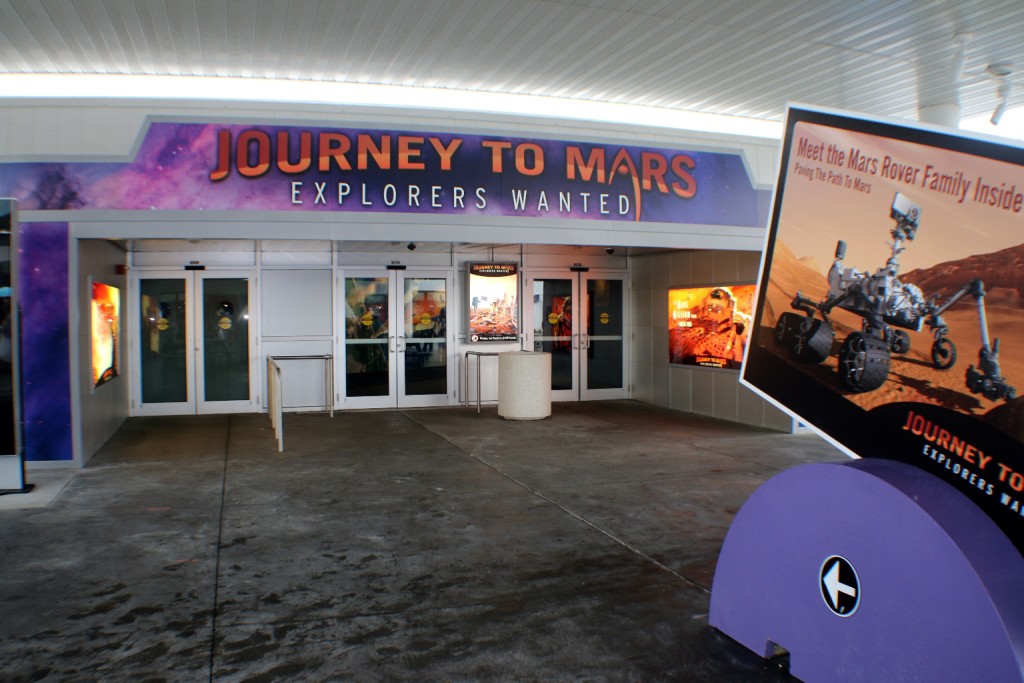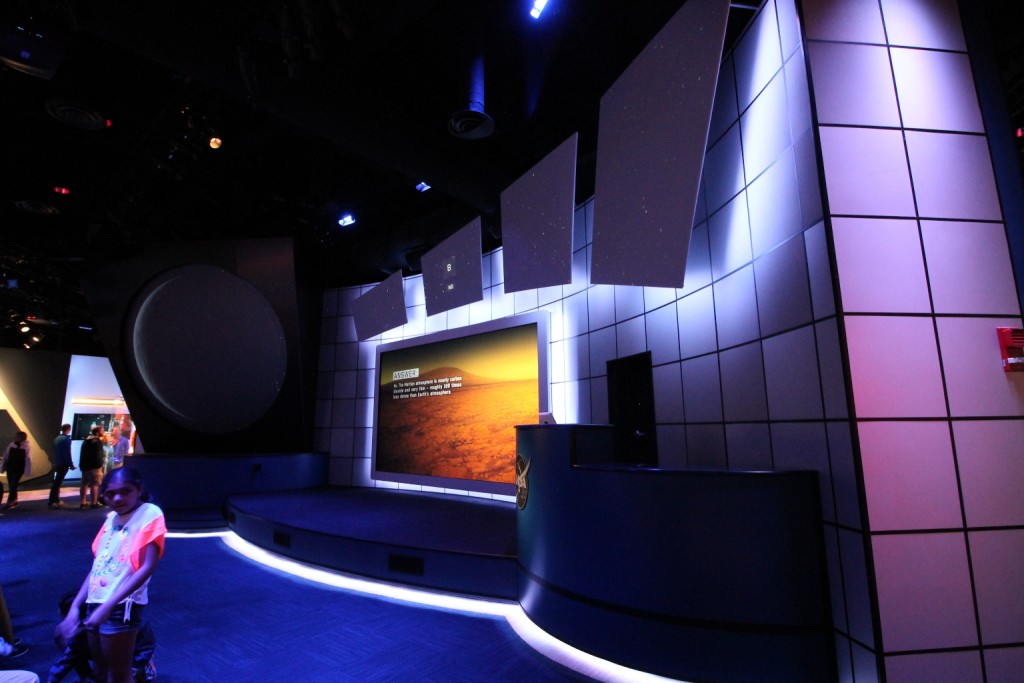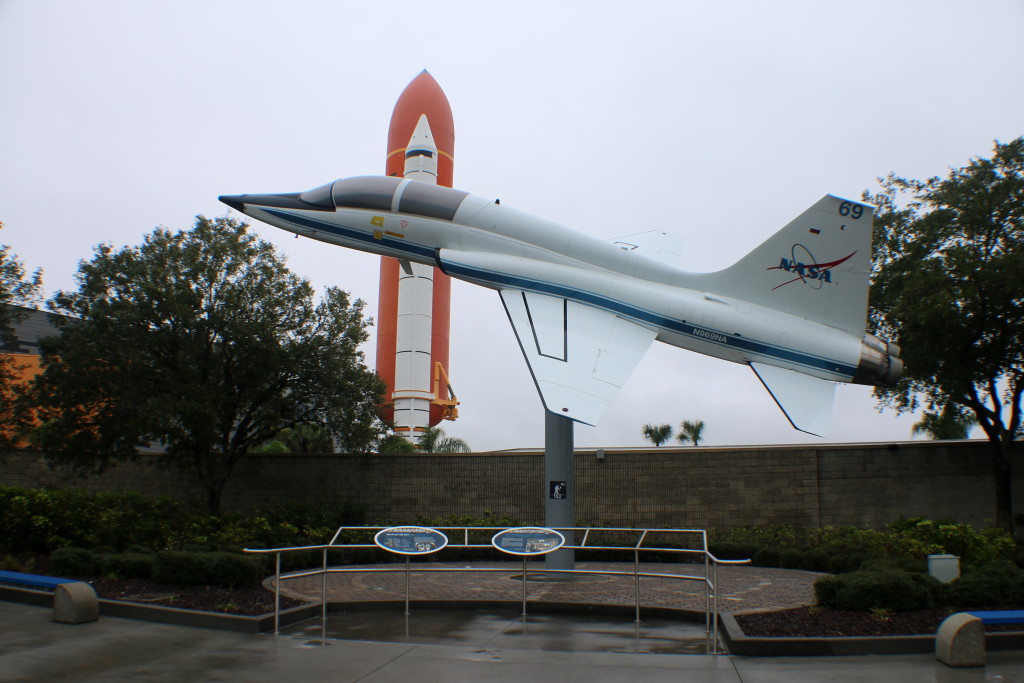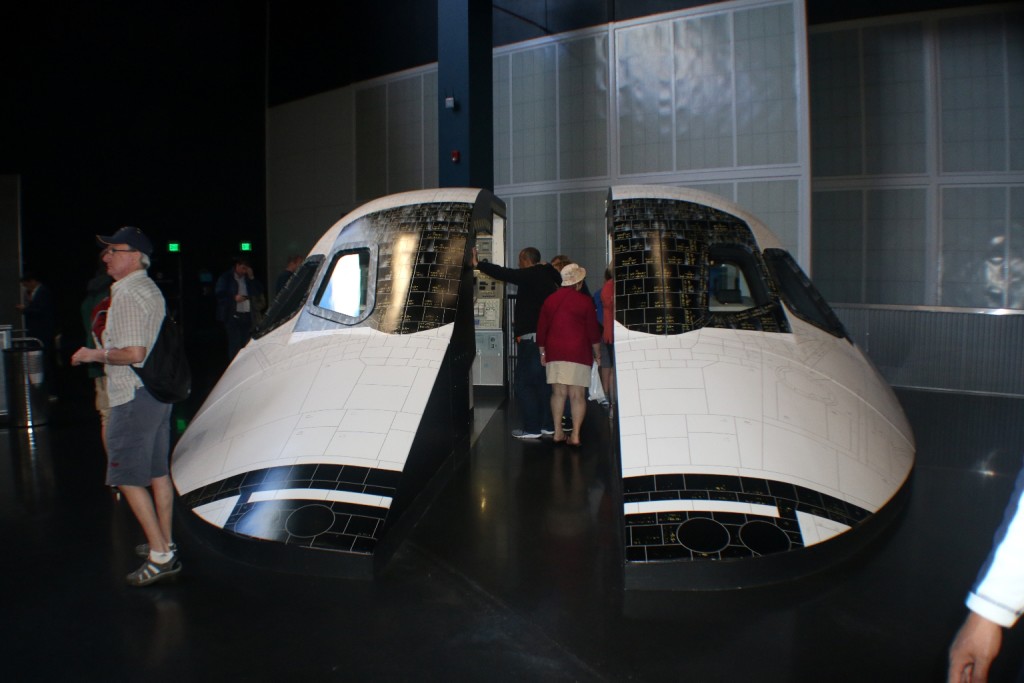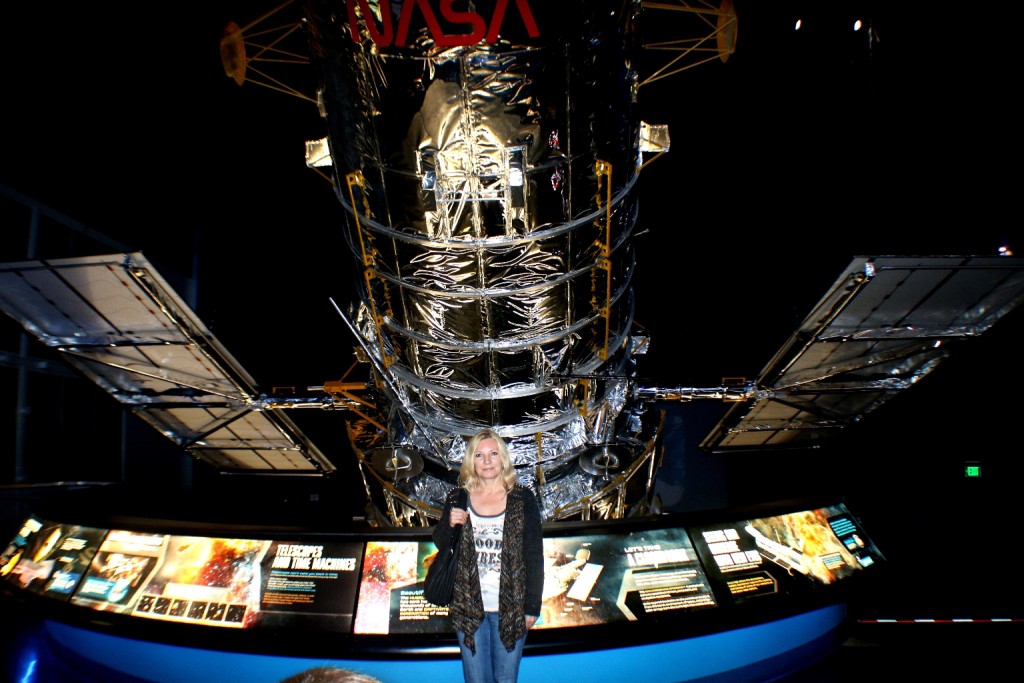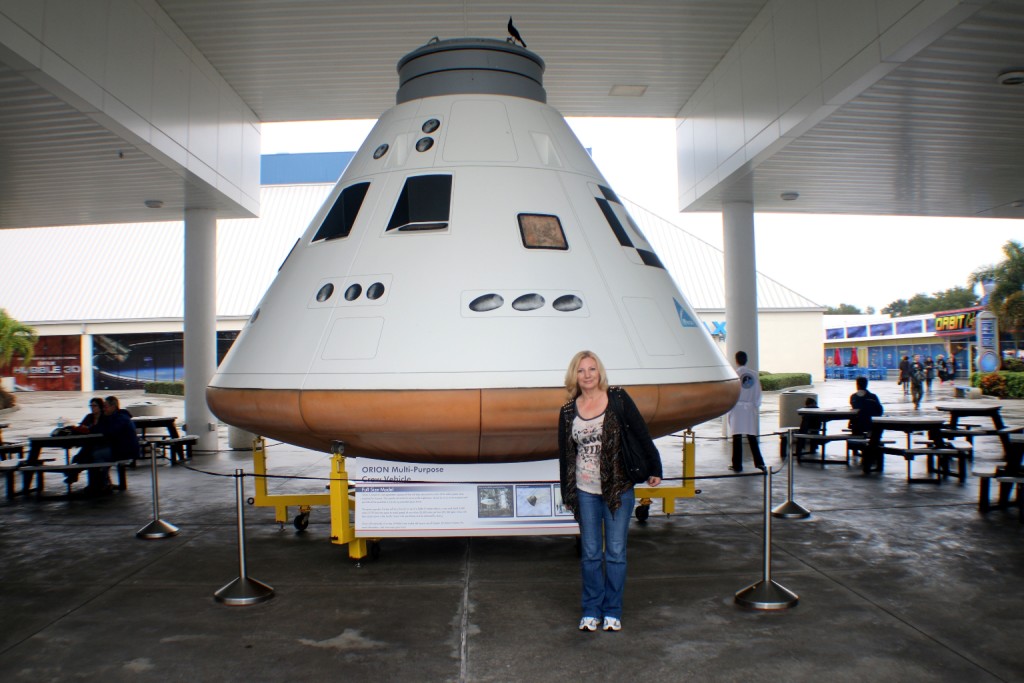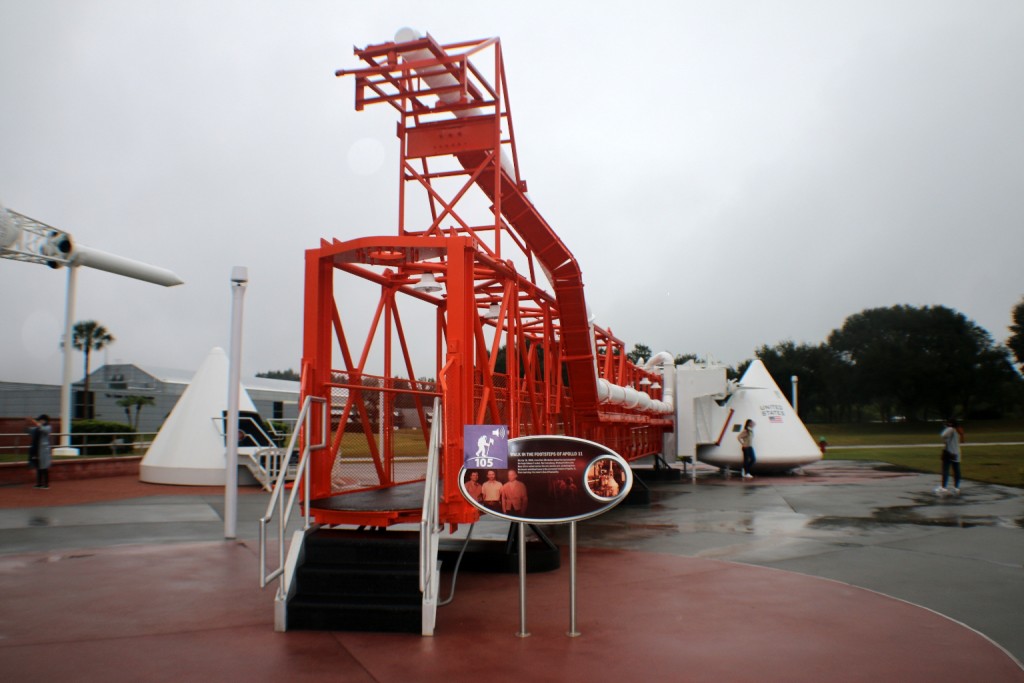The last time Dave and I visited Kennedy Space Center was about 12 years ago. The place has changed drastically since then. Since our cruise ship docked early morning in Port Canaveral, we decided to dedicate this day to exploring Kennedy Space Center.
We started our journey at the Kennedy Space Center Visitor Complex. According to the kennedyspacecenter.com website, it features the new $100 million dollar Shuttle Atlantis, exhibits and displays, two IMAX theaters, a range of bus tours of the spaceport, and the Shuttle Launch Experience, a simulated ride into space. It also encompasses the separate Apollo/Saturn V Center and United States Astronaut Hall of Fame. The Kennedy Space Center Visitor Complex is where you can see the largest rocket ever flown, touch a moon rock, meet an astronaut, and stand nose-to-nose with shuttle Atlantis all in the same day.
Here is the Visitor Complex Entrance. President Kennedy had a dream that NASA fulfilled.
While walking from the entrance and looking at our maps, we noticed a photo op with an astronaut next to the Orion Multi-Purpose Crew Vehicle which is going to be launched by the Space Launch System to bring astronauts beyond low Earth orbit. It wasn’t a real astronaut, although Kennedy Space Center admission includes “Meet the Astronaut event” at the end of the day. We just took pictures with the “fake” astronaut. 🙂
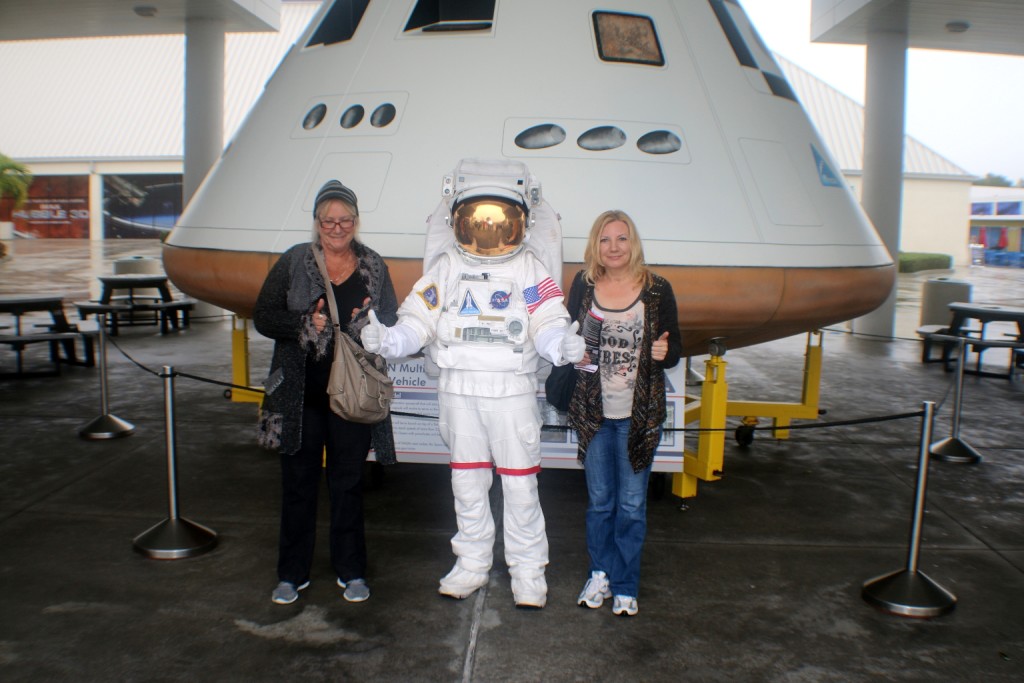
The Orion Multi-Purpose Crew Vehicle is part of the Journey to Mars Exhibition. Next, we entered the Journey To Mars pavilion, which combines live theater, multimedia presentations, and prototypes that will launch the next generation to Mars and beyond.
Journey to Mars: Explorers Wanted combines live theater, interactive experiences and large-scale multimedia presentations to educate and inspire the next generation of space explorers.
This is Space Exploration Vehicle (SEV) exhibit, a 12-wheeled truck called the Chariot.
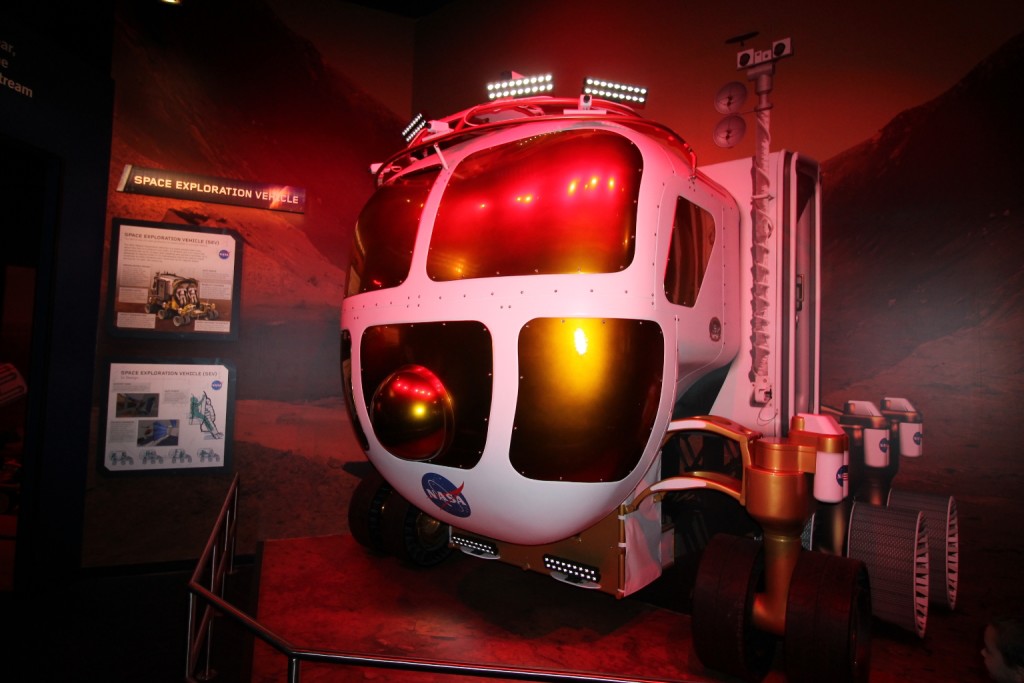
The ATHLETE (All-Terrain Hex-Legged Extra-Terrestrial Explorer) robotic vehicle is capable of rolling over undulating moon-like terrain and “walking” over extremely rough or steep terrain.
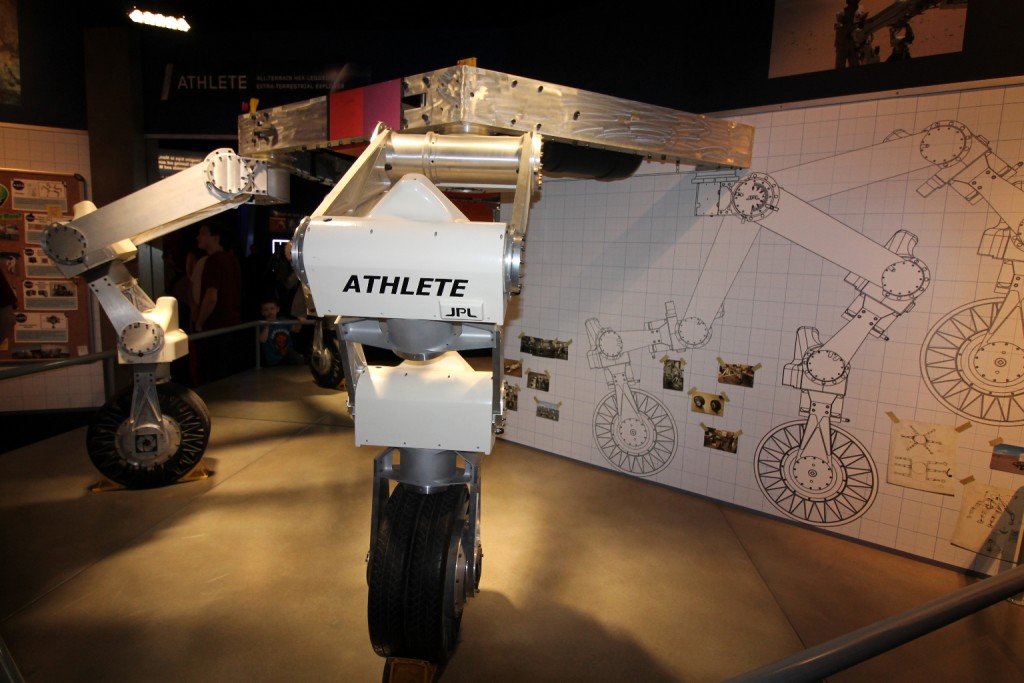
The Curiosity Rover by “chewing” the rock identifies what it is made of.
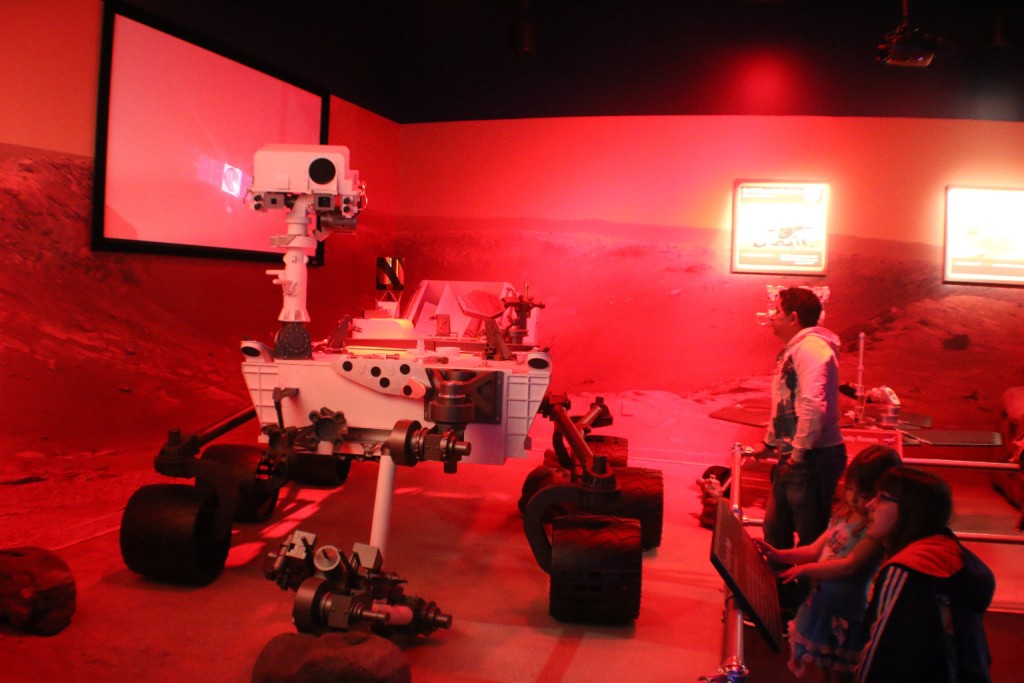
A live theater presentation highlights what’s happening at NASA right now.
Then, we went to see 3D space exploration movies in the IMAX theater. These two incredible 3D IMAX Theater presentations capture the breathtaking images of the Hubble Telescope and life aboard the International Space Station. Both movies we saw, were educational and very interesting. I especially liked the Hubble Telescope picture narrated by Leonardo DiCaprio. According kennedyspacecenter.com, Kennedy Space Center is the home to the only back-to-back IMAX theater in the world, showcasing two large-format 3-D motion pictures on five-and-a-half story tall screens.
We passed a NASA T-38 Talon jet with the space shuttle in the background on our way to the Memorial.
The Space Mirror Memorial, also known as the Astronaut Memorial was dedicated in 1991 to remember the lives of the men and women who have died in the various space programs of the United States, particularly those of NASA. It is impossible not to be impressed by the courage and dedication of these people.
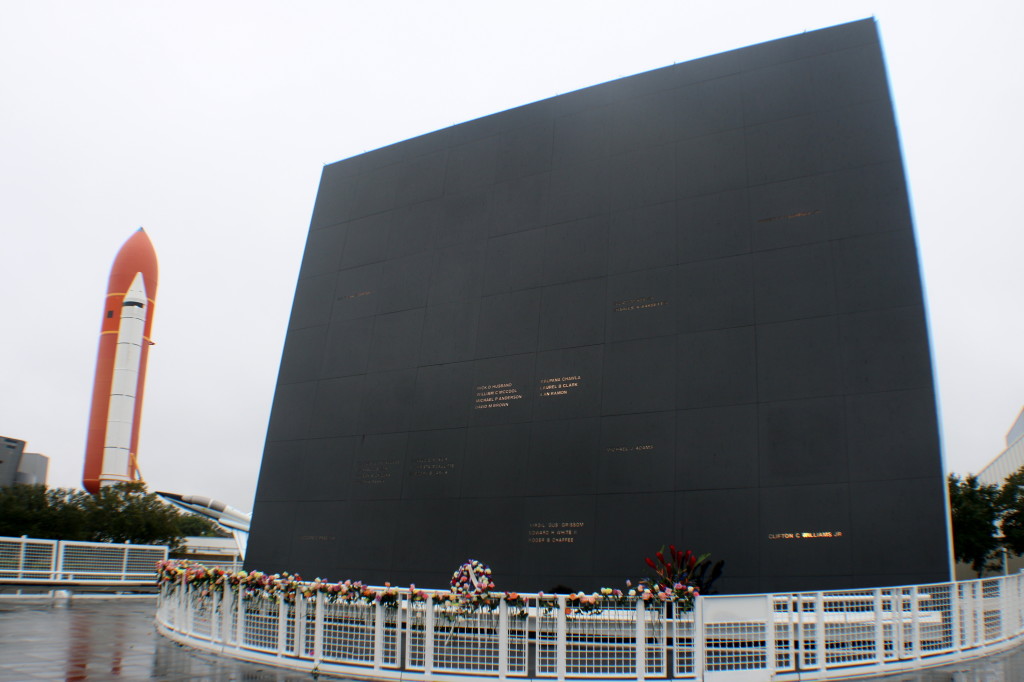
Next, we stopped at the Space Shuttle Atlantis center with the full scale replica of the orange colored rockets that once took Atlantis into space outside the entrance. Space Shuttle Atlantis is the new $100 million home of the historic spacecraft that tells the incredible story of NASA’s 30-year Space Shuttle Program.
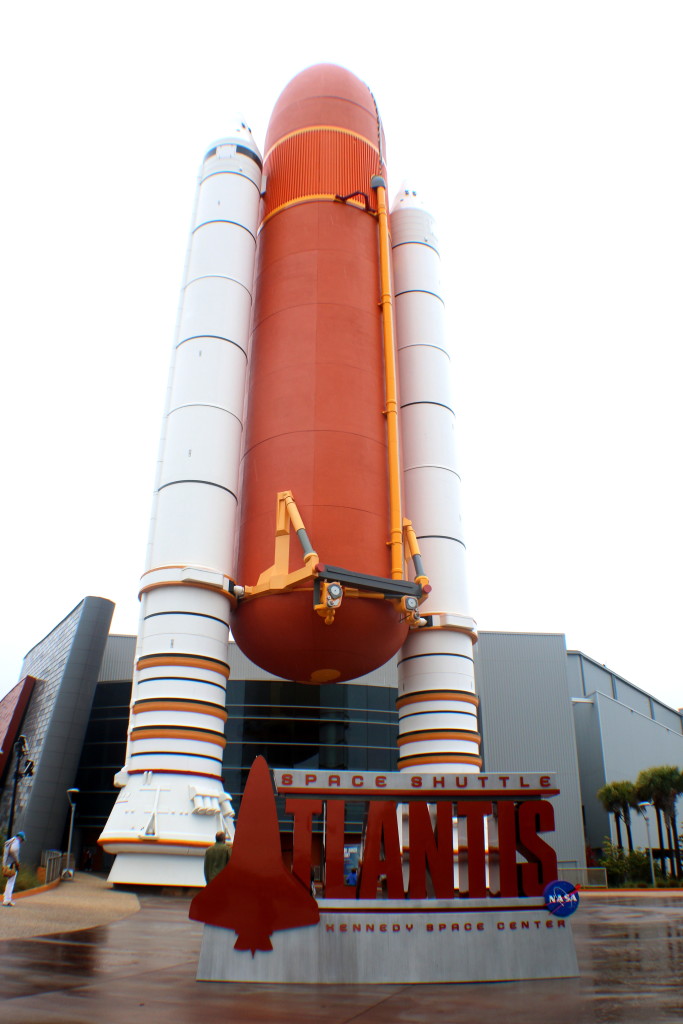
We spent a considerable amount of time walking around the Atlantis center. We started our journey in the Atlantis theater with a cool multimedia presentation about a brief history of shuttles and the people who dared to do the impossible.
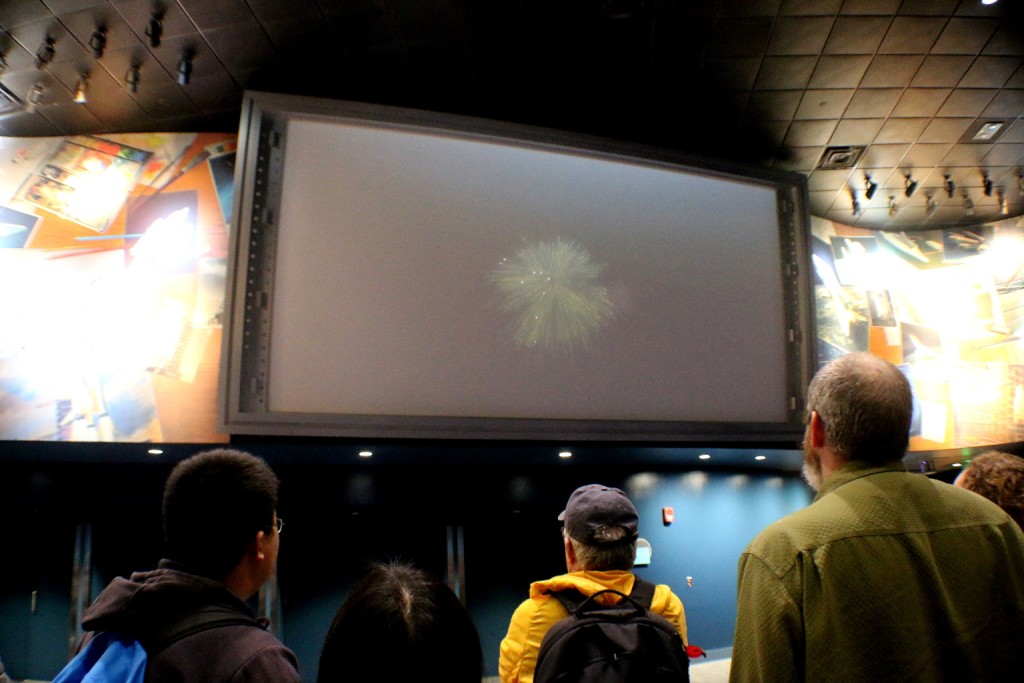
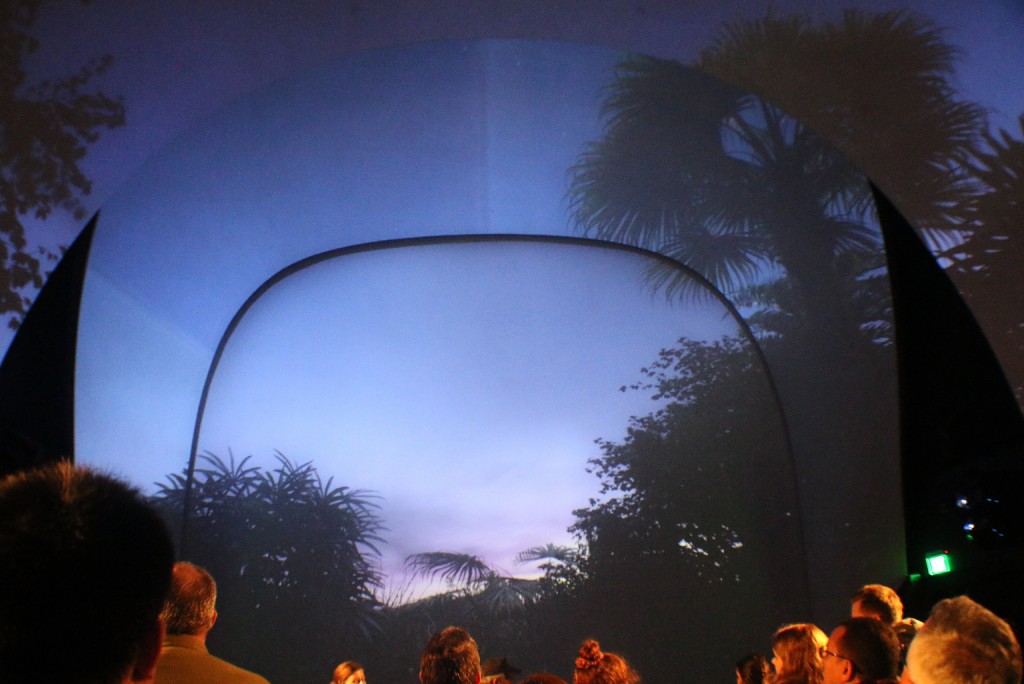
After the presentation we were taken into a huge room where Space Shuttle Atlantis has been displayed. As the space shuttle movie ends, the movie screen opens up and the Space Shuttle Atlantis is right in front of you. One of the most complicated and sophisticated pieces of equipment ever built, the shuttle is a vehicle that launched like a rocket, flew in orbit like a spacecraft and landed on a runway like a glider. Besides a close-up view of Atlantis, displayed in mid-flight glory, there are more than 60 interactive exhibits and high-tech simulators that bring to life the complex systems and components in the center. The Space Shuttle Atlantis is displayed in a flight position angle that would be seen in space.
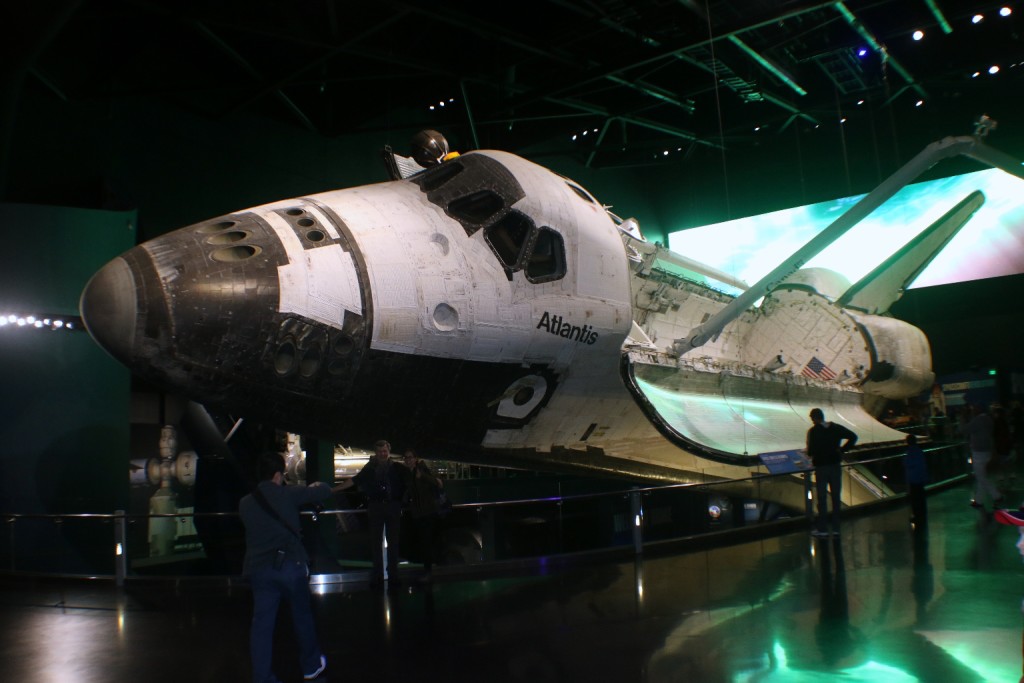
Of course, we had to take pictures next to the legendary Atlantis, standing only a few feet away from the shuttle.
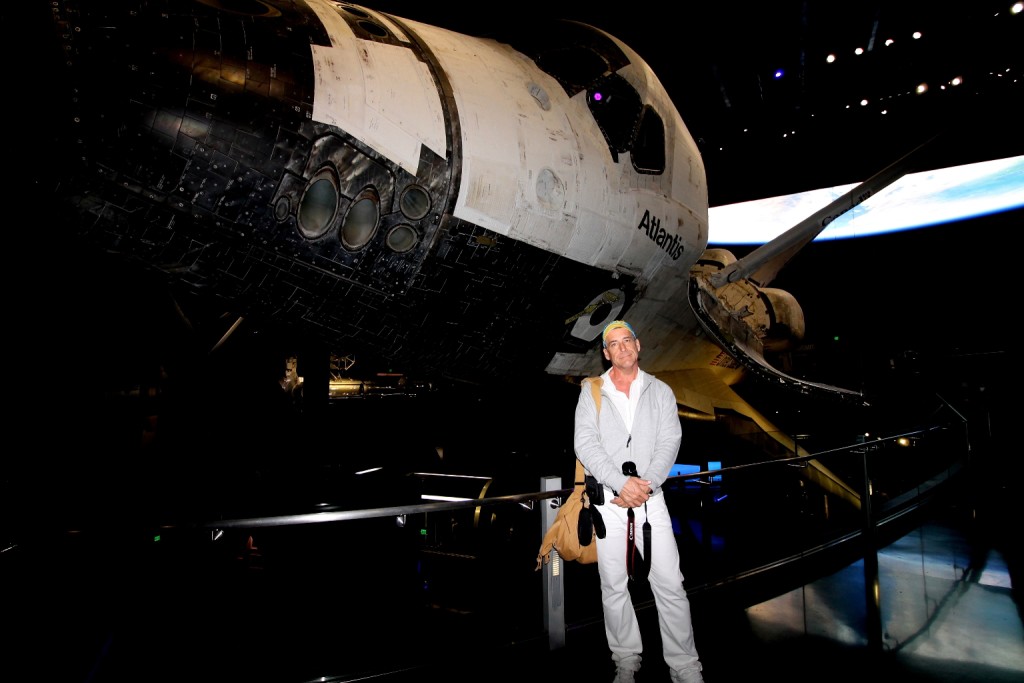
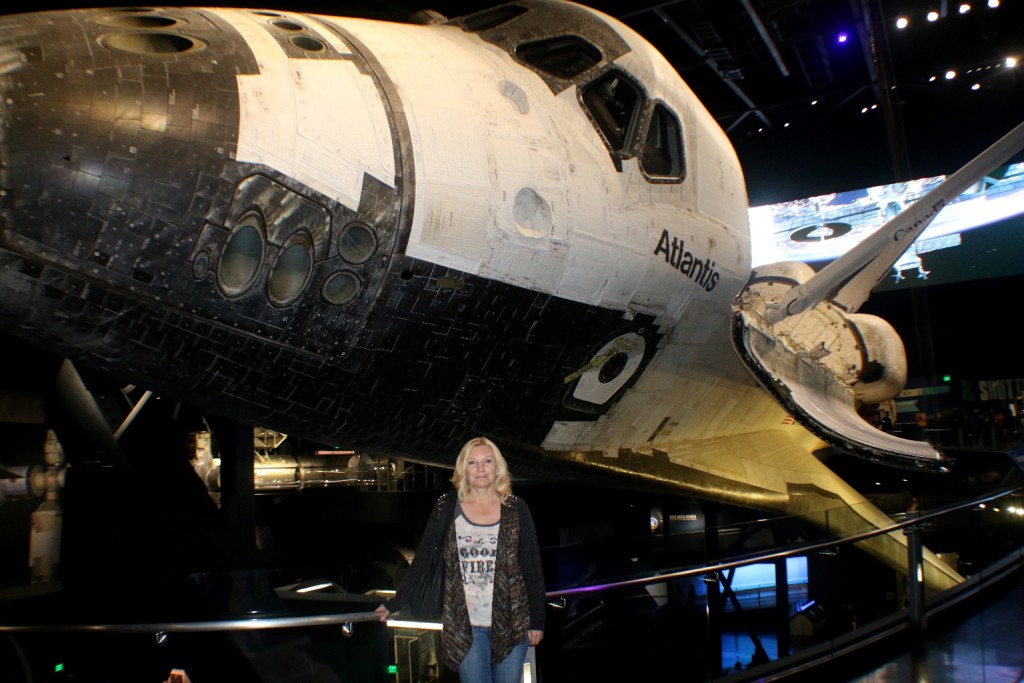
A view of Atlantis from the back.
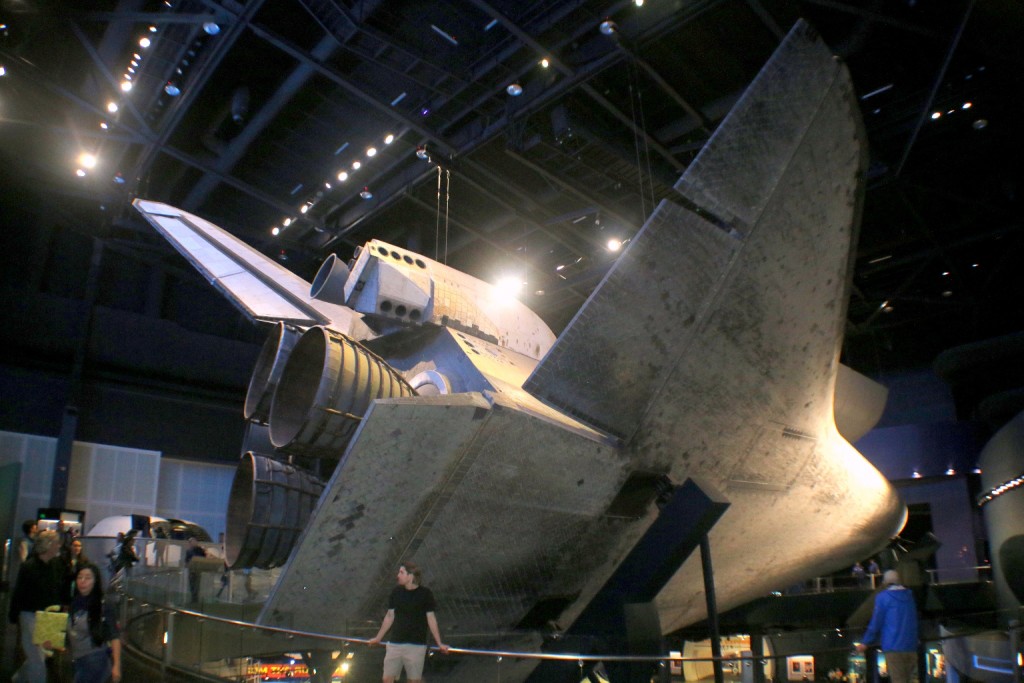
Here is the Space Shuttle Extravehicular Mobility Unit (EMU).
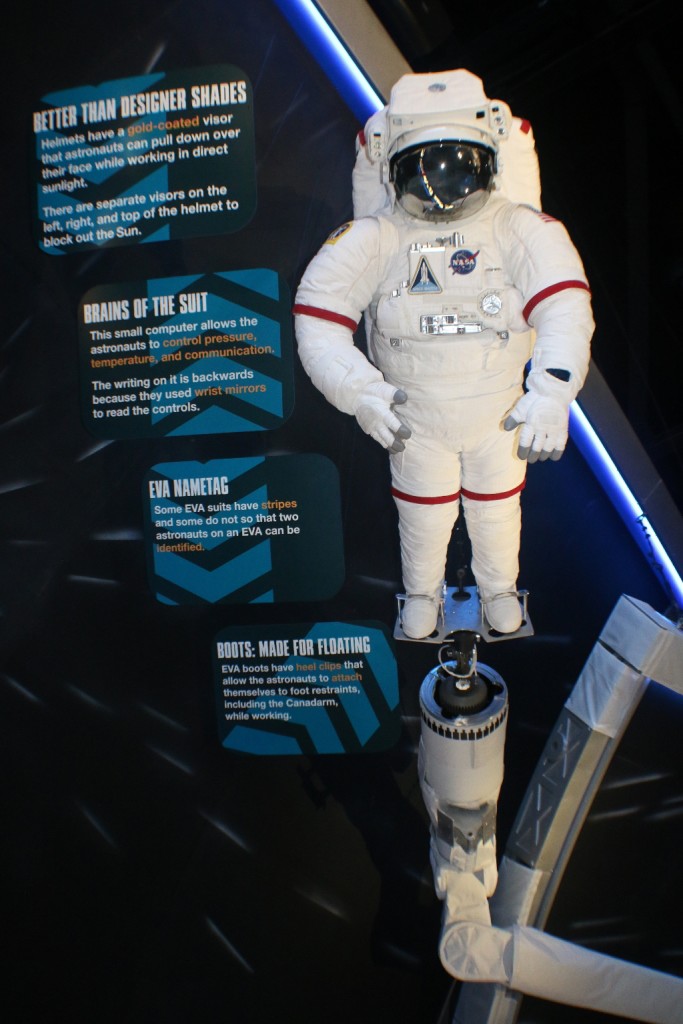
Here, you can get inside the Space Shuttle Atlantis cockpit mock up and take a picture.
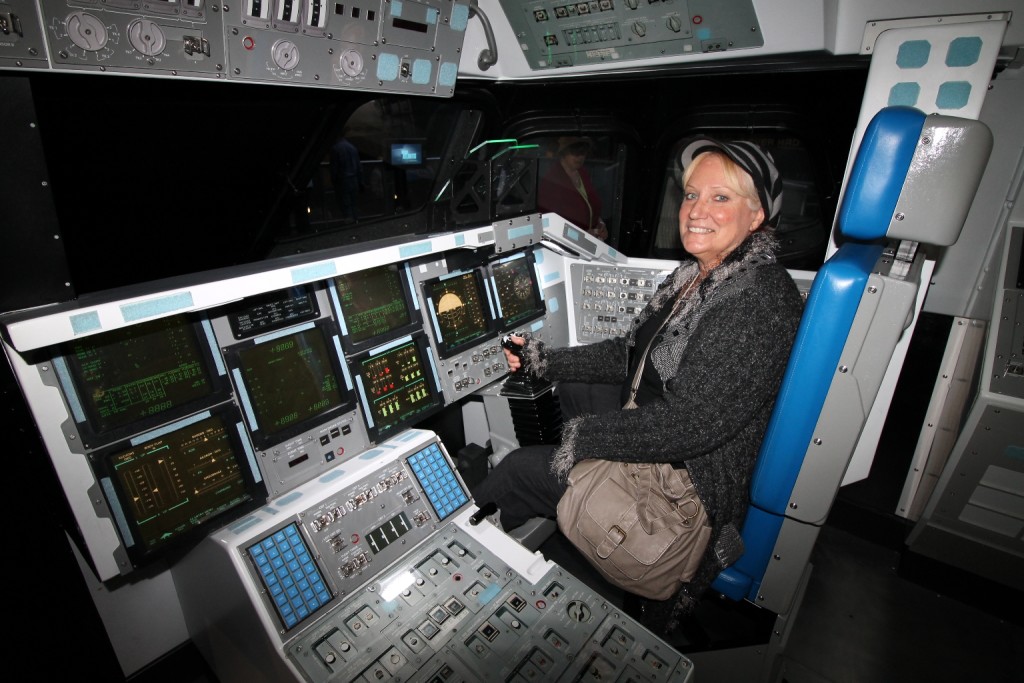
Hubble Space Telescope replica. Also celebrated are the thousands of people who took part in creating and maintaining NASA’s five space-flown shuttles – Columbia, Challenger, Discovery, Atlantis and Endeavour – and how the shuttle program has paved the way for NASA’s next generation of manned spaceflight programs.
Different views of the Hubble Space Telescope.
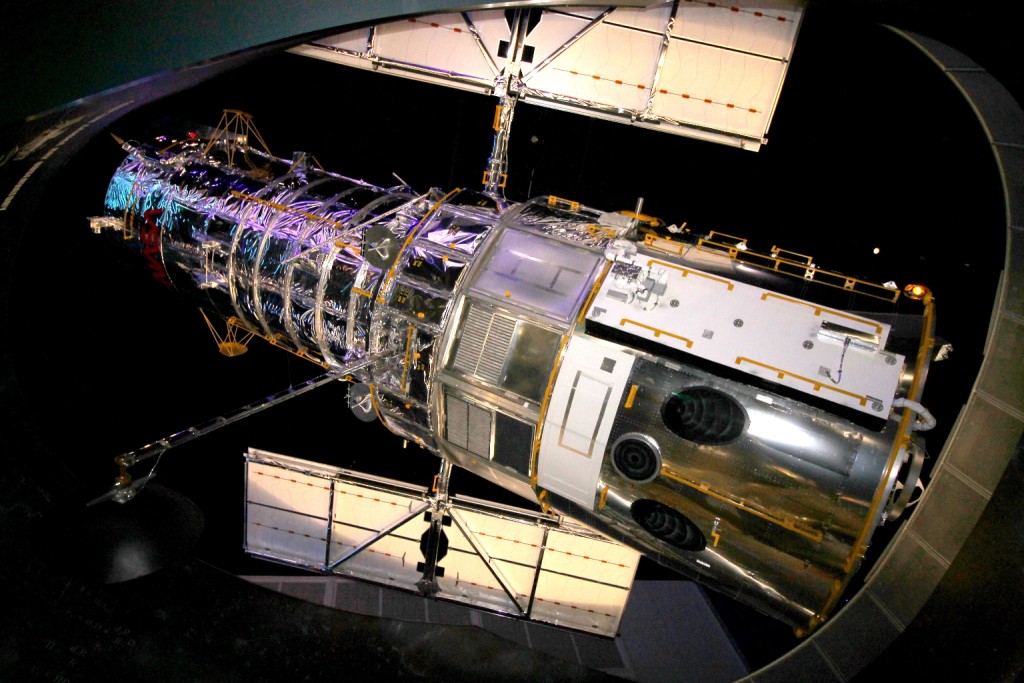
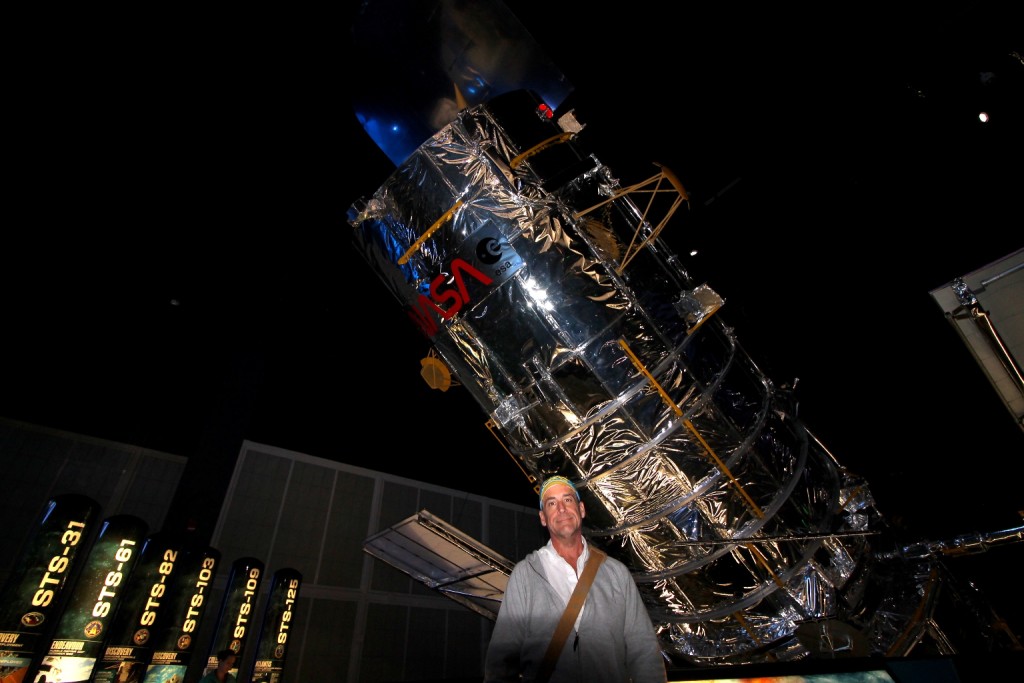
The International Space station replica, which Toni and I crawled through.
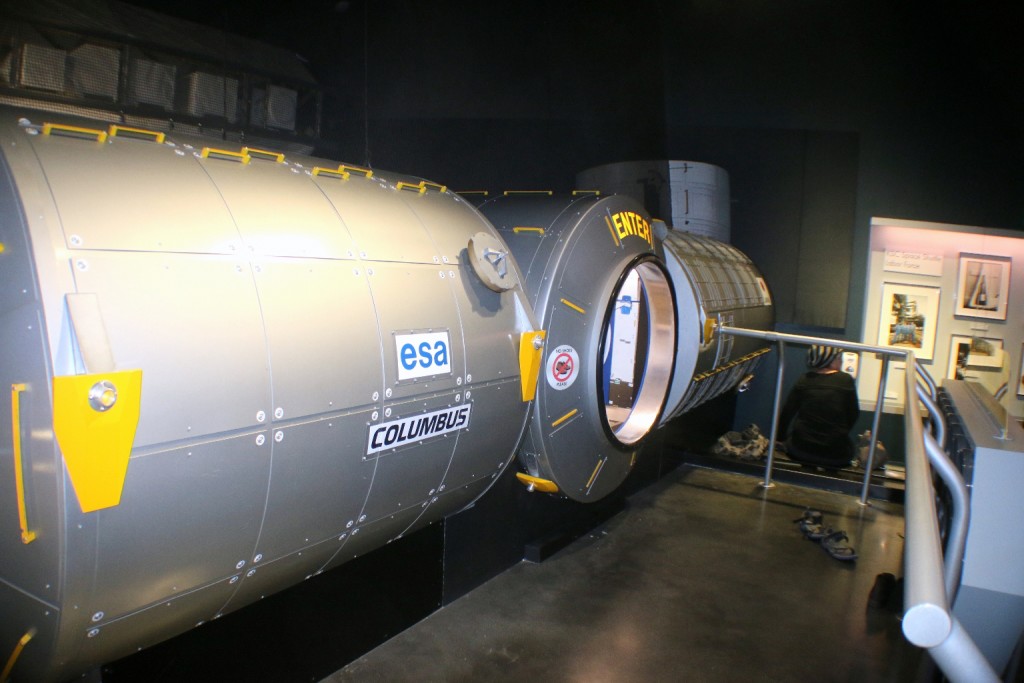
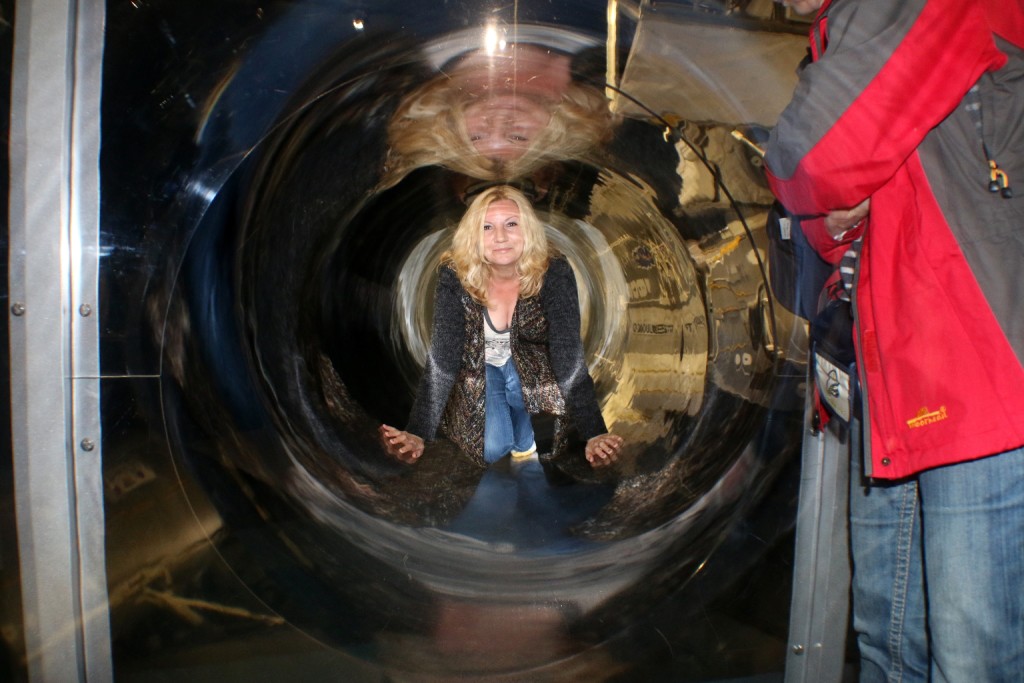
Here is the Airstream Motorhome used to transport astronauts to the shuttle as seen from the upper level of the Atlantis center.
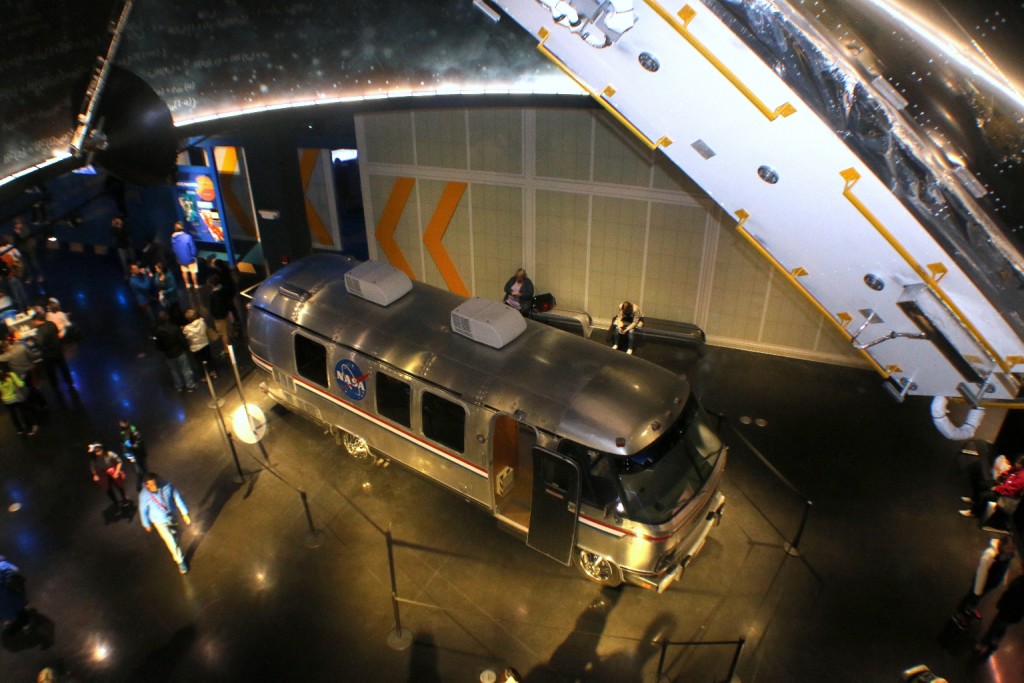
Toni and I joined the line to the Shuttle Launch Experience. The attraction puts guests through a simulated shuttle launch. According to Wikipedia, Delaware North Companies invested six years and $60 million into the attraction. Astronauts, NASA experts and attraction-industry leaders were consulted during development.
On Shuttle Launch Experience, we were able to experience our own exciting journey of the Space Shuttle’s rush to Earth’s orbit being strapped to the sights, sounds and sensations of a real Space Shuttle launch.
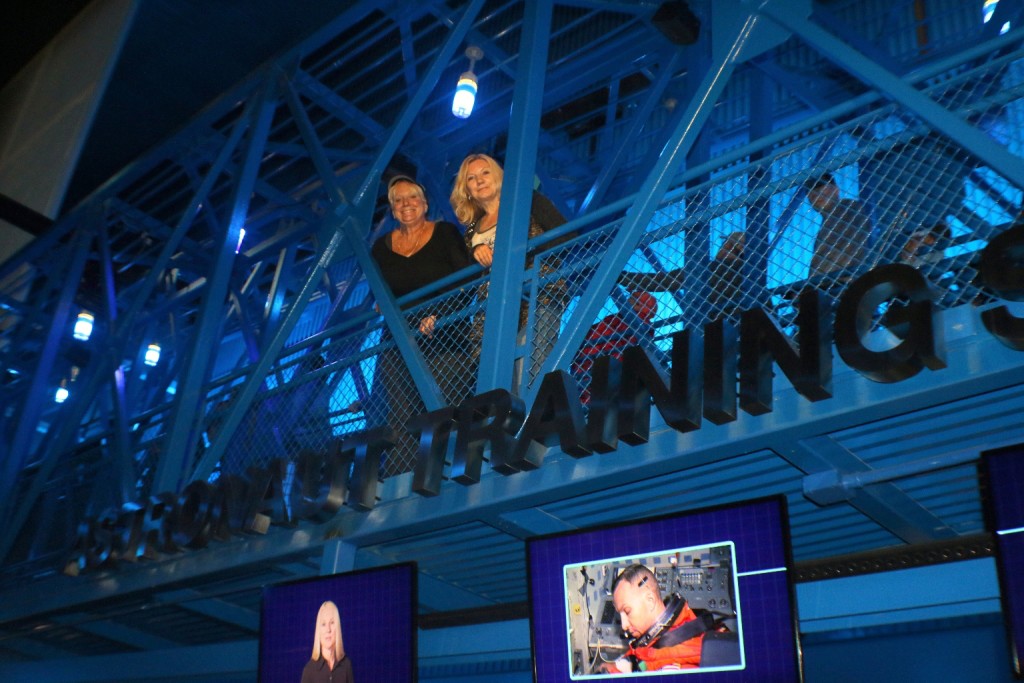
I bought a souvenir photo after the ride.
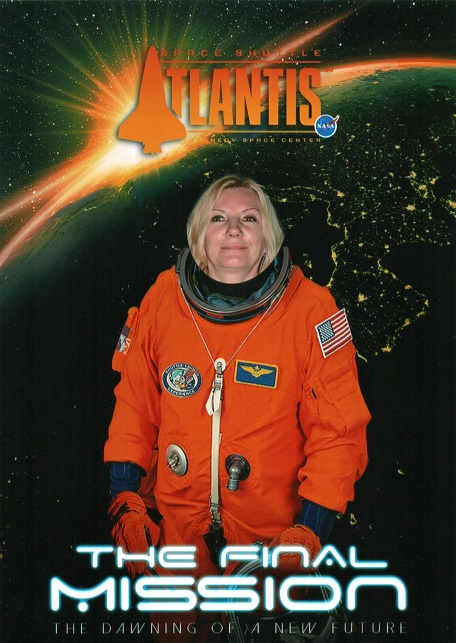
One more picture next to Orion. This capsule-shaped transporter has the capacity to carry up to six persons on a trip into space. On a Mars expedition, Orion will carry an exploration or colonization crew from Earth’s surface to Earth’s orbit where they will transfer to a space habitat for the long Mars journey. On the return trip Orion will ferry the crew from the Mars transporter back to the Earth’s surface.
Rocket Garden Cafe looks nice.
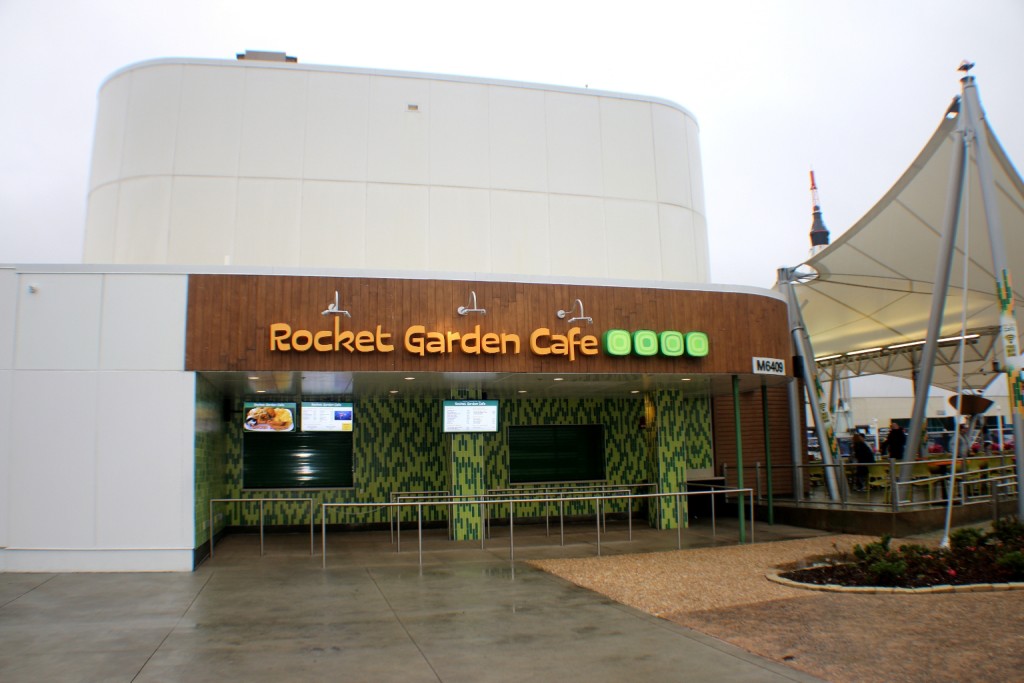
Before we left, we walked trough the rocket garden. The Rocket Garden at Kennedy Space Center Visitor Complex features eight authentic rockets from past space explorations, plus “climb-in” Mercury, Gemini and Apollo capsule replicas.
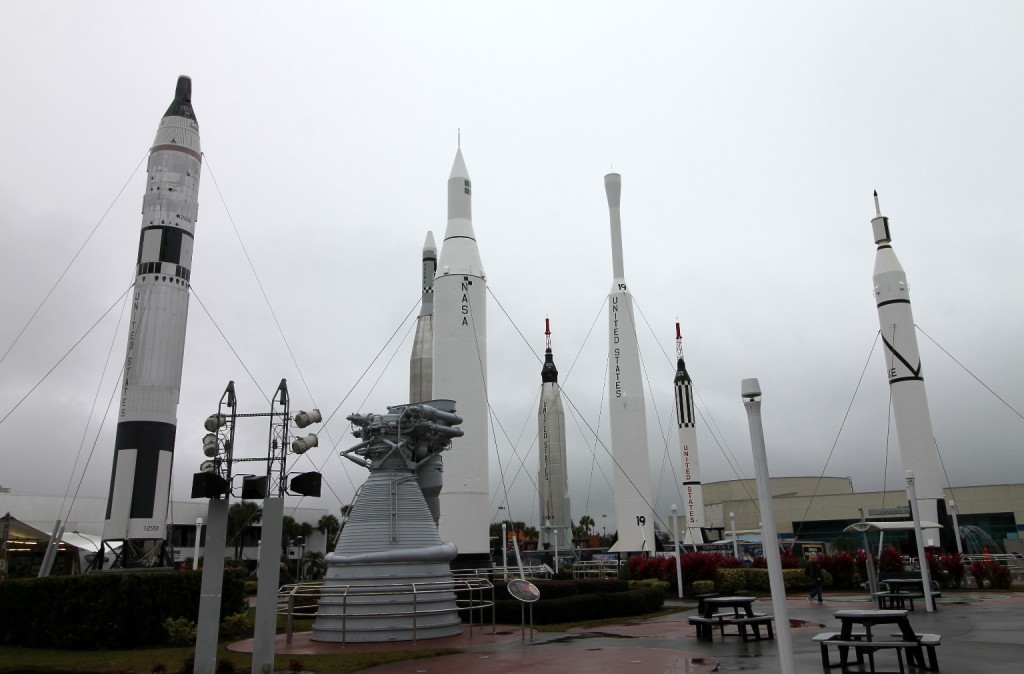
Mercury-Redstone, Atlas, Titan and Saturn 1B rockets made up the early history of the NASA space program. The Titan II in the picture below was an Intercontinental Ballistic Missile (ICBM), which was designed to deliver nuclear weapons across oceans. As a reliable weapon of the Cold War, the last Titan was decommissioned in 1987.
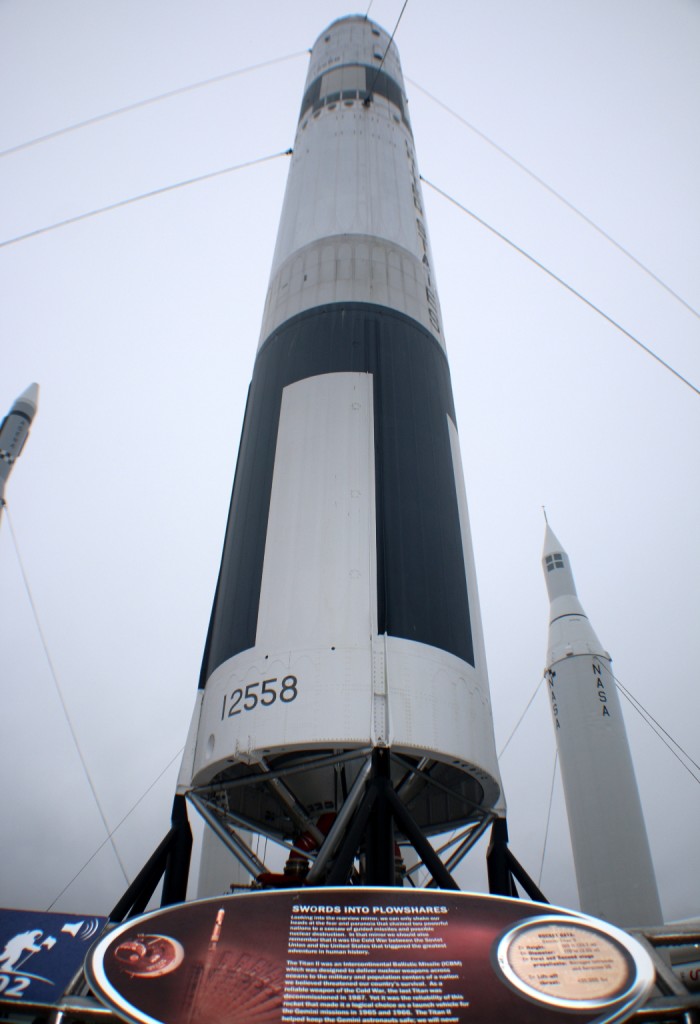
Here is Juno II rocket. Pioneer 4 was our first mission to take it to the moon. It was the second, and last use of the Juno II. This rocket paved the way for 33 unmanned American Missions to the moon carried by more powerful rockets.
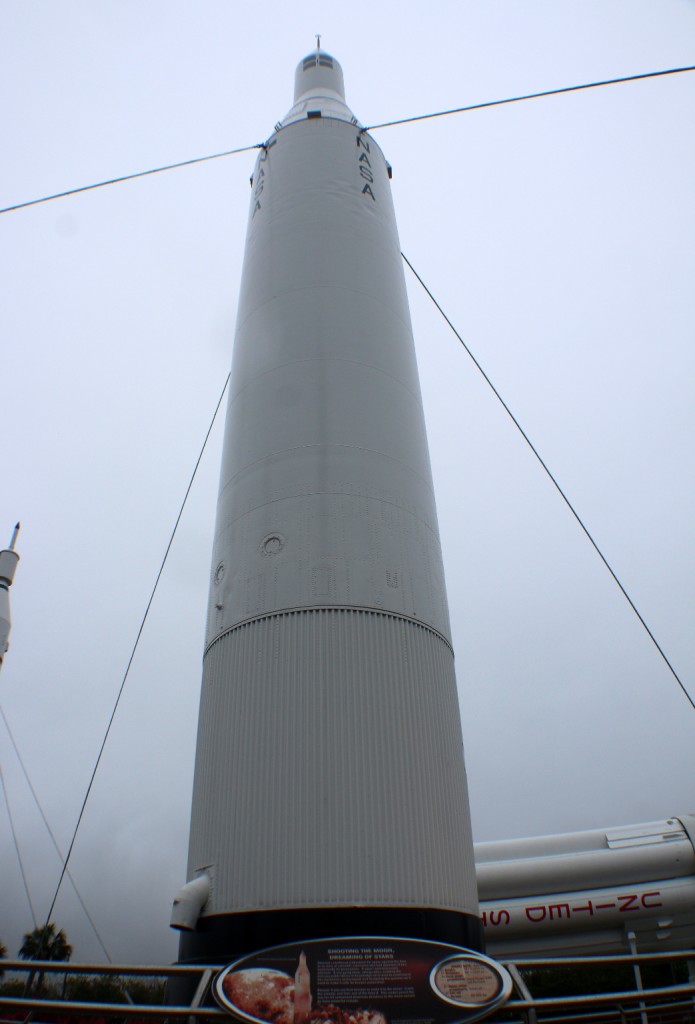
The garden also features mock-ups of capsules from the Mercury, Gemini and Apollo programs that visitors can get into.
The Saturn 1B rocket was the predecessor to the Saturn V rocket that took man to the moon. It had a long history with NASA and was launched numerous times from 1966 to 1975.
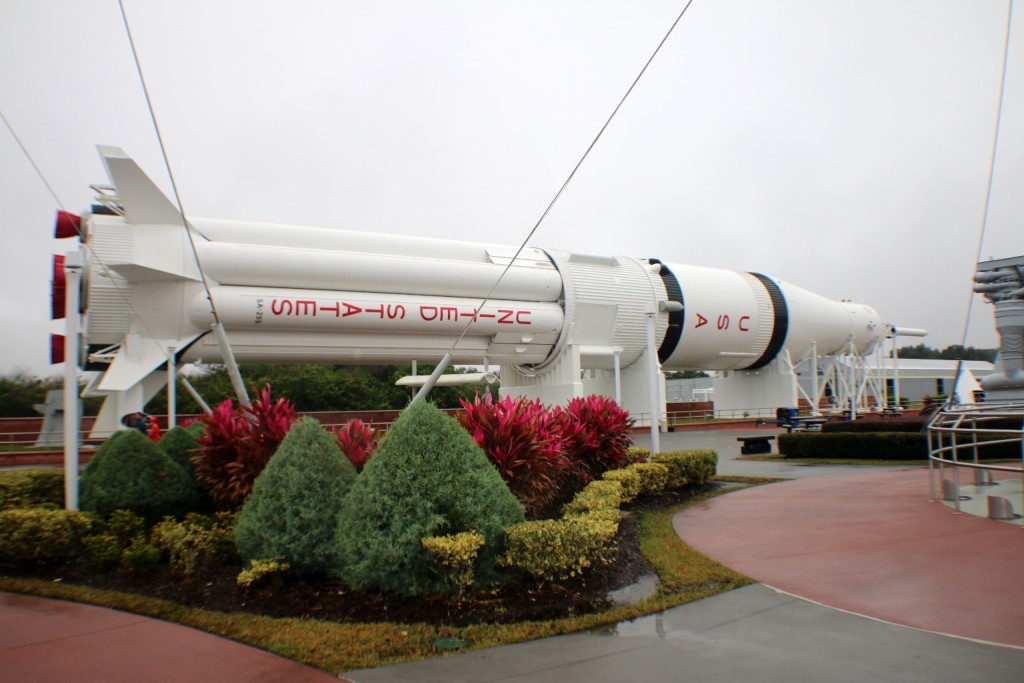
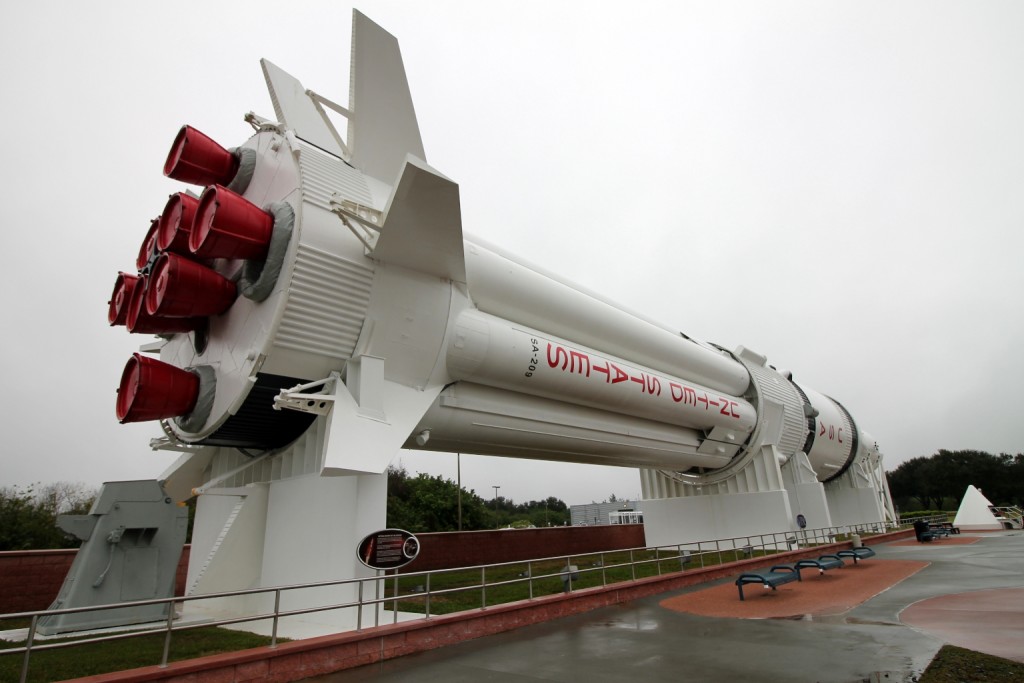
The weather didn’t cooperate with us this day, but we still had a great time. We are planning to visit Kennedy Space Center next time we will be in Florida. We want to take the space center bus to see the launch pad that launched Atlantis and other shuttles, to view gallery and the new launcher they are building for the mission to Mars, to see the Apollo vehicle, a real rock from the Moon that you can actually touch, and much more.
